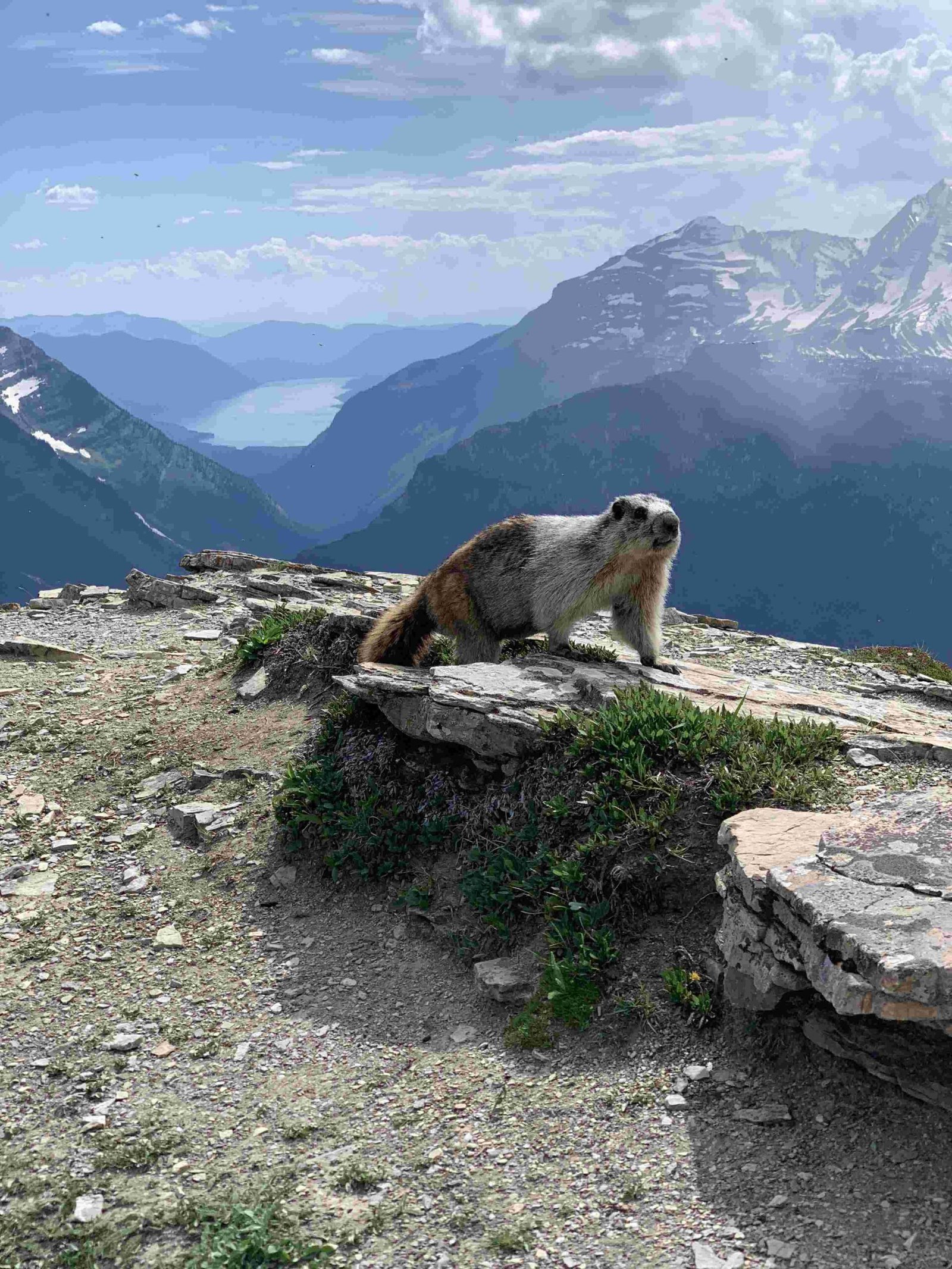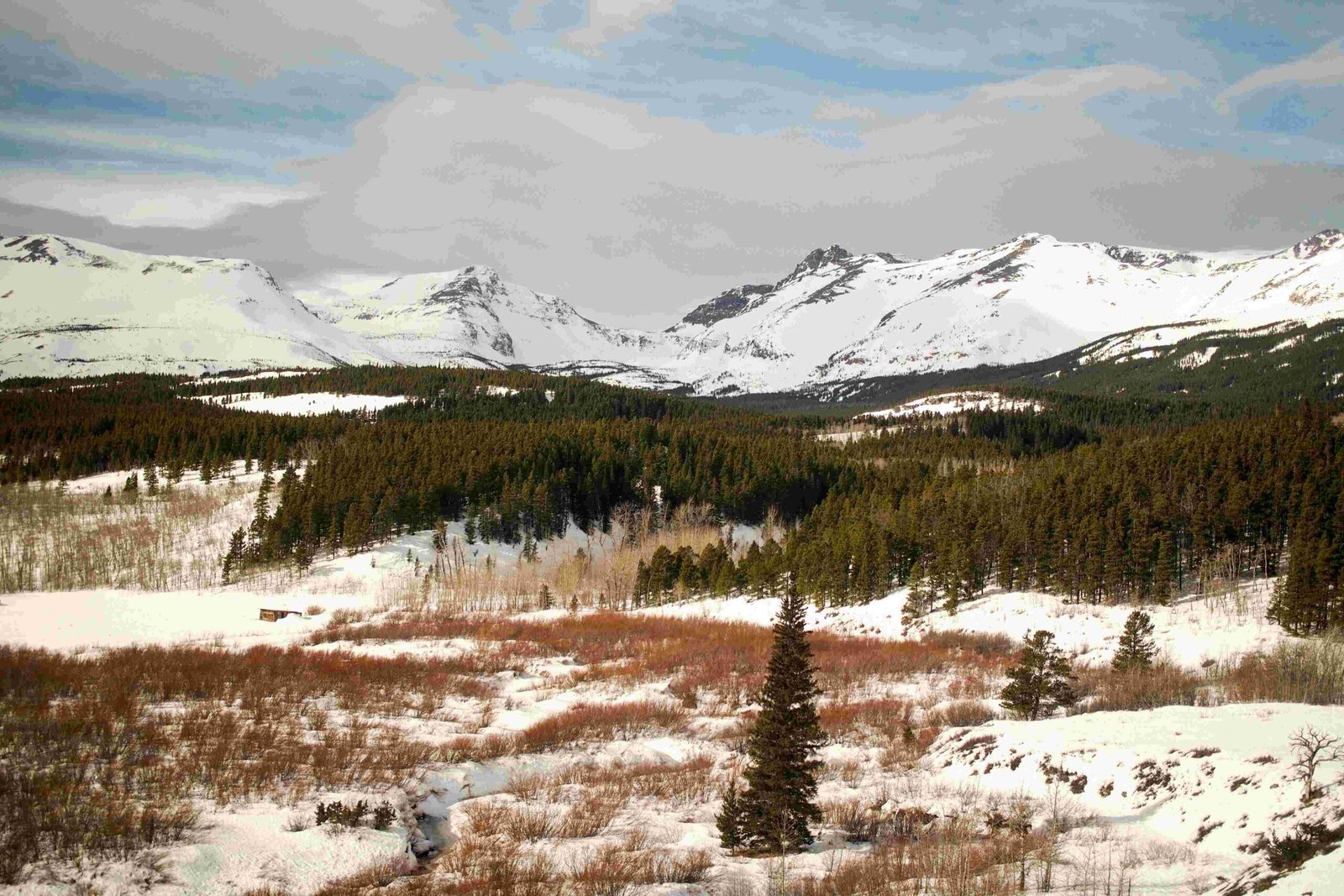Glacier National Park’s alpine ecosystems are experiencing a significant shift as plant and animal species move to higher elevations due to climate change. This upward migration affects the delicate balance of alpine environments, altering vegetation patterns, wildlife habitats, and the overall landscape of the park. As temperatures rise, species adapted to cooler climates seek refuge at higher altitudes, leading to changes in biodiversity and ecosystem dynamics.
What Are the Key Factors Driving Alpine Species Upward?

The primary driver of alpine species moving to higher elevations in Glacier National Park is climate change. As global temperatures rise, the park’s ecosystems are experiencing significant shifts:
- Temperature Increase: Average temperatures in the park have risen by 2°C since 1900, which is twice the global average.
- Reduced Snowpack: Winter snowpack has decreased by 39% since 1960, affecting water availability for alpine plants.
- Earlier Spring Thaw: Spring snow melt now occurs 2-3 weeks earlier than it did in the 1960s.
- Extended Growing Season: The frost-free period has increased by 2-3 weeks since the mid-20th century.
These changes force alpine species to adapt by moving upslope to maintain their preferred temperature ranges and habitat conditions.
How Does This Upward Movement Affect Alpine Plant Communities?

The upward migration of alpine plants in Glacier National Park has several significant impacts on plant communities:
- Treeline Advancement: The treeline is moving upslope at a rate of 10-15 meters per decade, encroaching on alpine meadows.
- Species Composition Changes: As lower elevation plants move upward, they compete with native alpine species, potentially leading to local extinctions.
- Reduced Habitat: Alpine specialists have less available habitat as they are pushed to higher elevations, with some species potentially running out of suitable areas.
- Phenological Shifts: Changes in flowering times and growing seasons can disrupt pollinator relationships and ecosystem dynamics.
| Plant Species | Elevation Shift (m/decade) | Current Elevation Range (m) |
|---|---|---|
| Subalpine Fir | 8-12 | 1,500-2,400 |
| Whitebark Pine | 6-10 | 1,800-2,500 |
| Alpine Forget-me-not | 4-8 | 2,000-2,700 |
| Mountain Heather | 5-9 | 1,900-2,600 |
What Are the Consequences for Alpine Wildlife?
The upward movement of alpine habitats also affects wildlife species in Glacier National Park:
- Habitat Fragmentation: As species move upslope, their habitats become more fragmented and isolated.
- Food Web Disruptions: Changes in plant communities can affect herbivores, which in turn impact predators.
- Range Shifts: Some species, like the pika, are moving to higher elevations to escape warming temperatures.
- Increased Competition: As habitats shrink, competition for resources among species intensifies.
How Are Researchers Monitoring These Changes?
Scientists are employing various methods to track the upward movement of alpine species in Glacier National Park:
- Long-term Vegetation Plots: Researchers have established permanent plots to monitor changes in plant communities over time.
- Remote Sensing: Satellite imagery and aerial photography are used to track large-scale vegetation changes.
- Citizen Science: Programs like ‘Glacier’s Botanists’ engage visitors in collecting data on plant distributions.
- Wildlife Surveys: Regular surveys track population changes and distribution shifts of key alpine species.
What Conservation Strategies Are Being Implemented?
To address the challenges posed by upward-moving alpine species, park managers are implementing several conservation strategies:
- Assisted Migration: In some cases, researchers are considering moving species to higher elevations to help them adapt.
- Habitat Restoration: Efforts are underway to restore and protect high-elevation habitats.
- Invasive Species Management: Programs to control non-native species that may outcompete native alpine plants.
- Climate Change Education: Visitor education programs highlight the impacts of climate change on alpine ecosystems.
How Can Visitors Help Protect Alpine Ecosystems?
Visitors to Glacier National Park can play a role in protecting alpine ecosystems:
- Stay on Designated Trails: This helps prevent damage to fragile alpine vegetation.
- Practice Leave No Trace: Minimize your impact by packing out all waste and avoiding disturbance to wildlife.
- Participate in Citizen Science: Join programs like ‘Glacier’s Botanists’ to contribute to research efforts.
- Reduce Carbon Footprint: Make environmentally conscious choices to help mitigate climate change impacts.
What Does the Future Hold for Glacier’s Alpine Ecosystems?
Projections for Glacier National Park’s alpine ecosystems under continued climate change:
- By 2100, treeline could advance by up to 200-300 meters in elevation.
- 30-50% of current alpine habitat may be lost by the end of the century.
- Some alpine species may face local extinction as they run out of suitable habitat.
- Novel plant communities may form as species assemblages change with upward migration.
The future of Glacier’s alpine ecosystems depends on global efforts to mitigate climate change and local conservation strategies. Continued research and adaptive management will be crucial in preserving these unique and vulnerable habitats for future generations.
References:
1. Glacier National Park Climate Action Plan
2. USGS Climate Change in Mountain Ecosystems
3. National Park Service – Glacier
4. Montana Climate Assessment